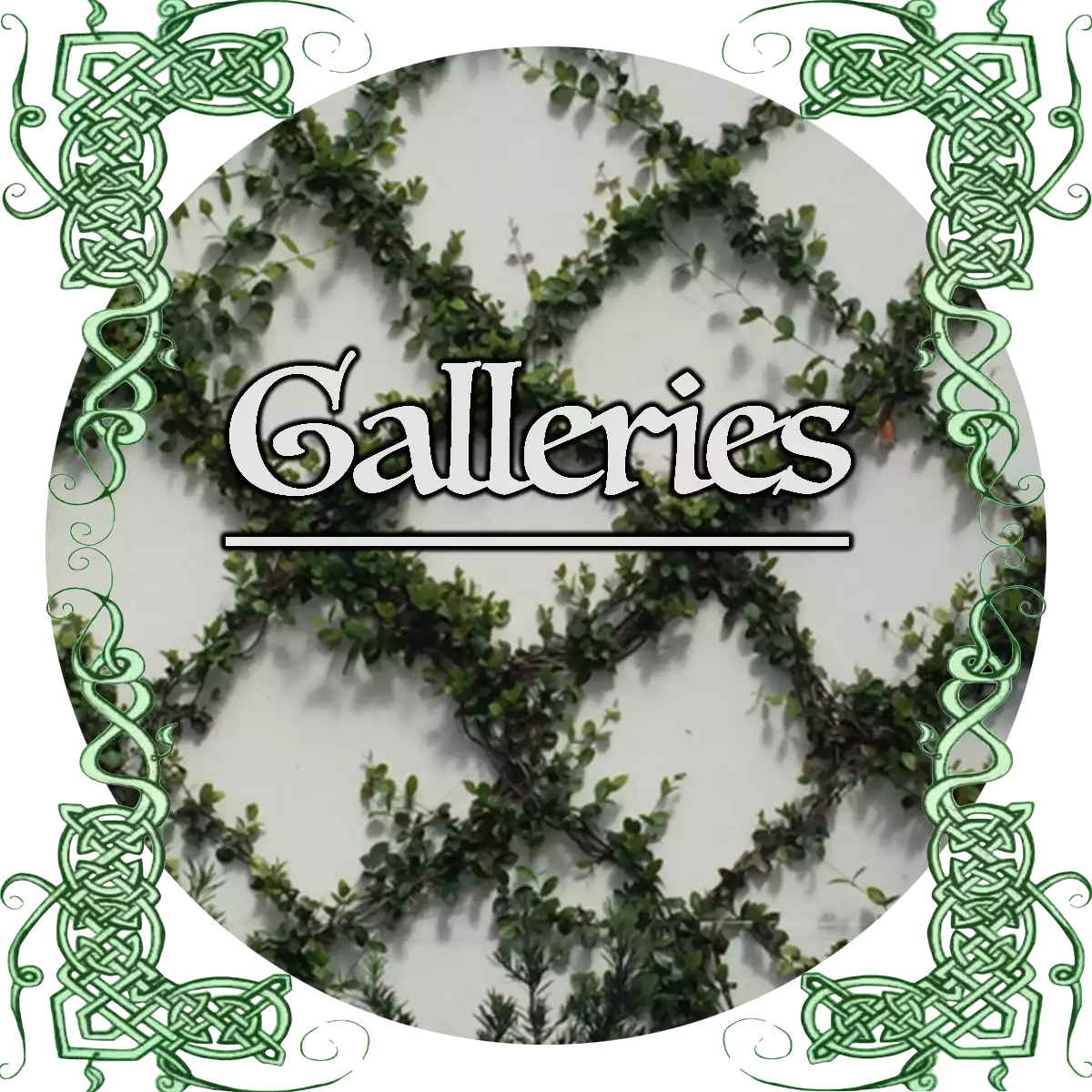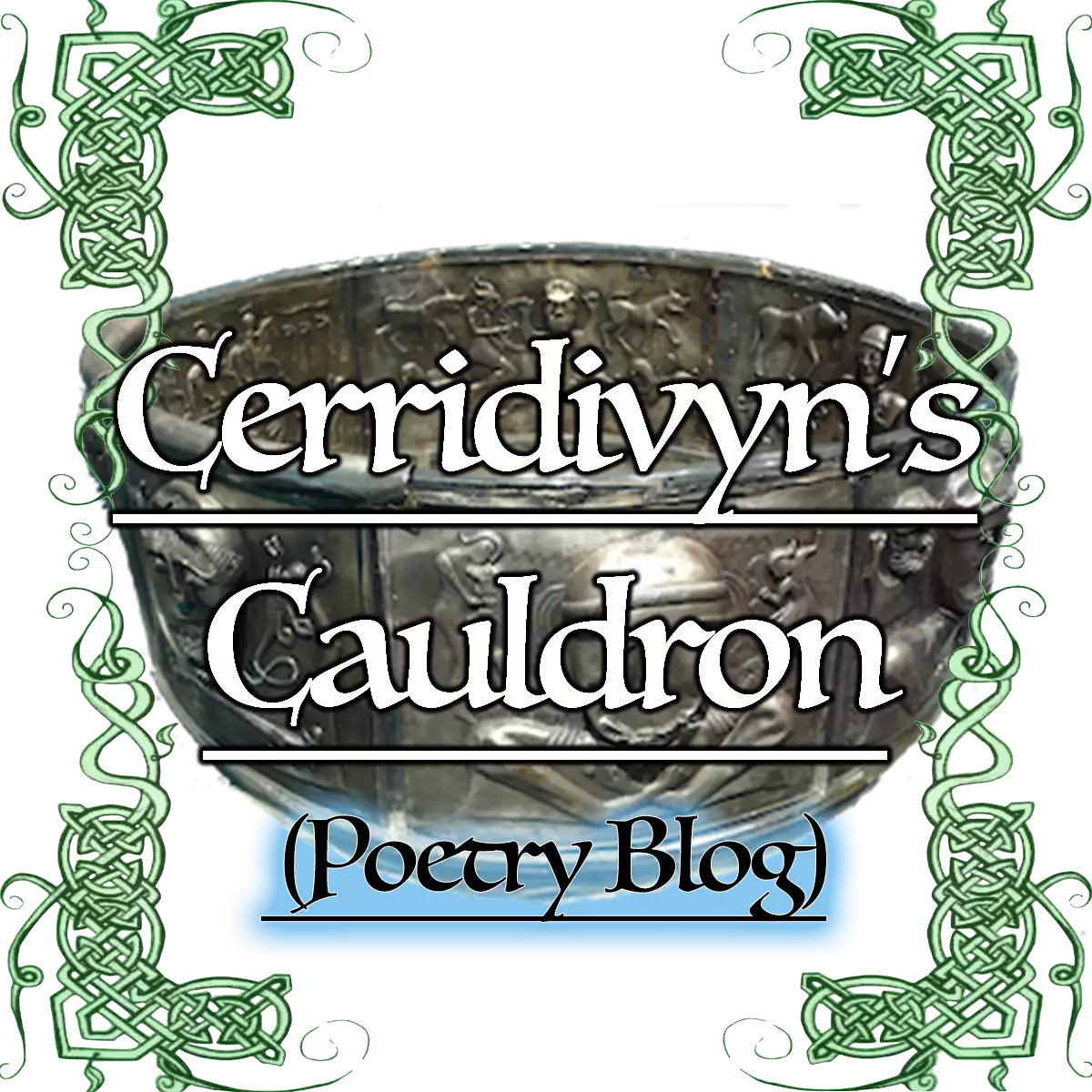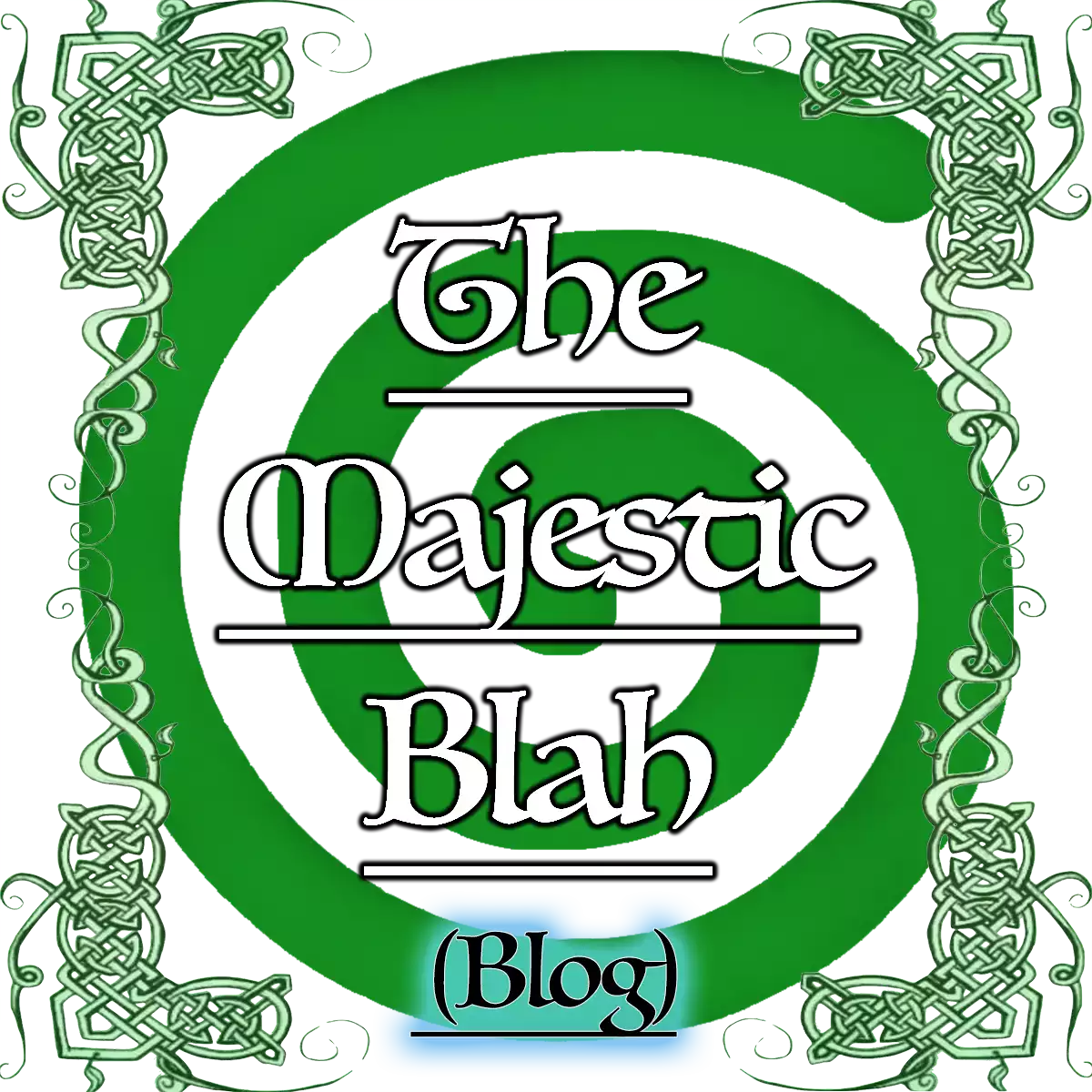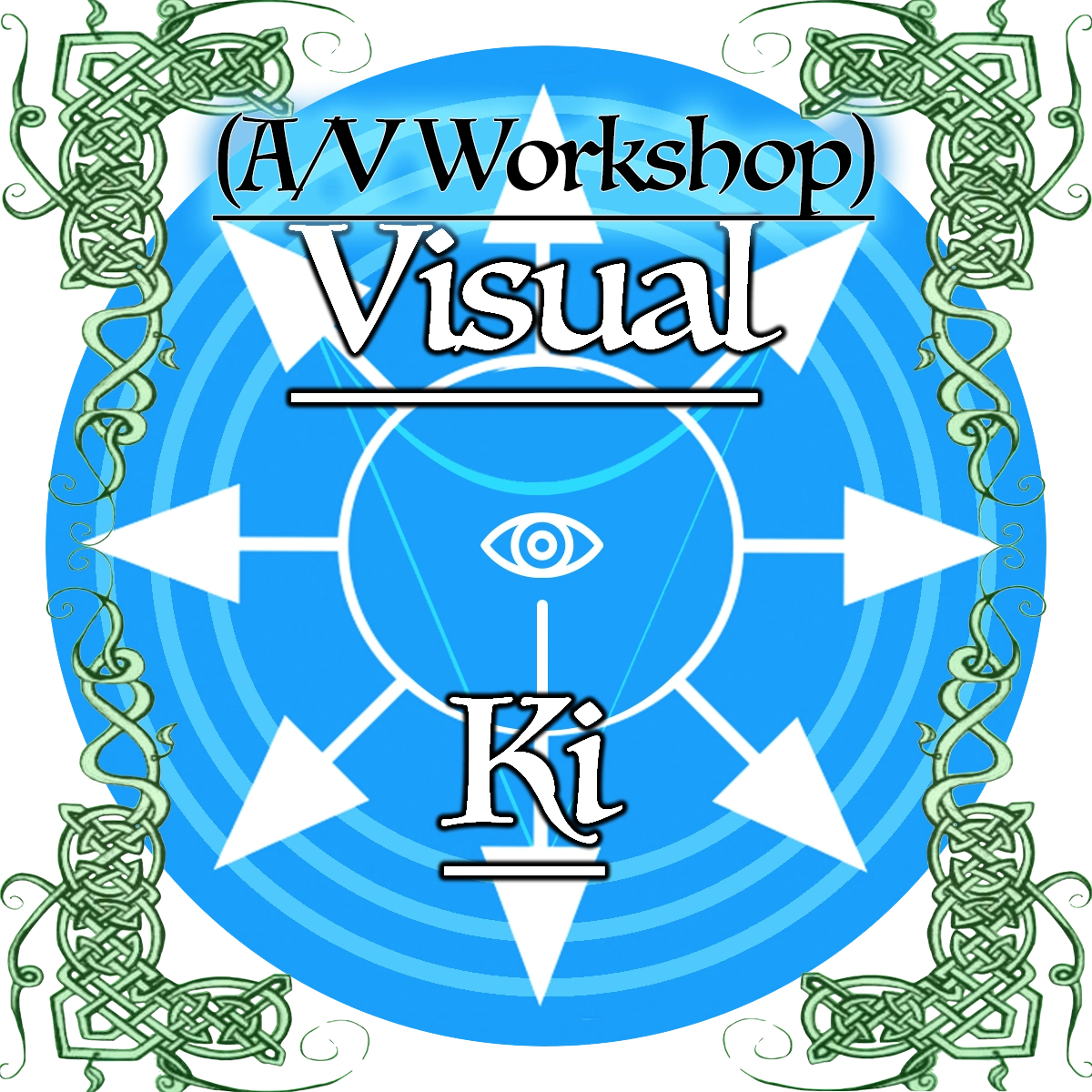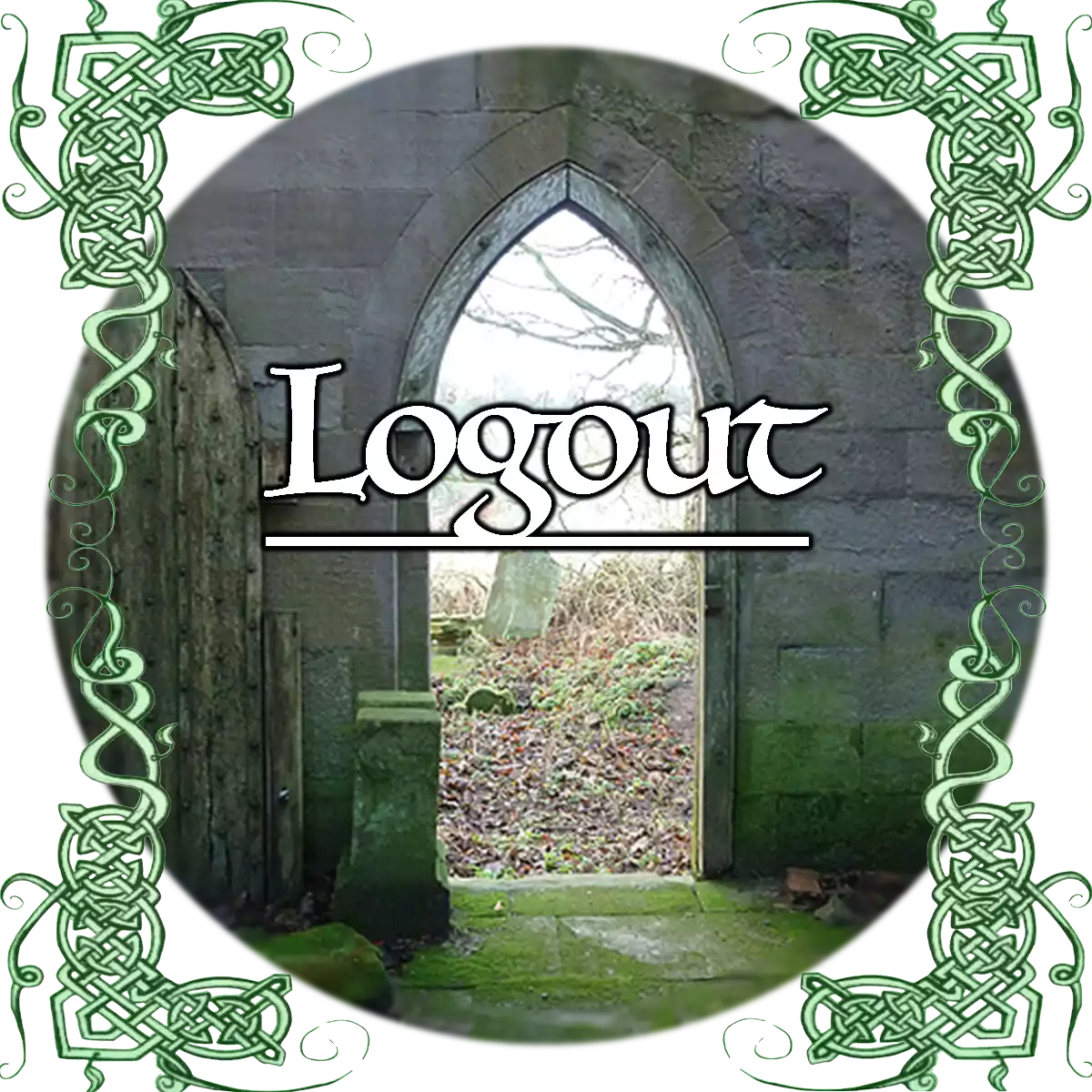According to the Bock saga, the Aser gods and goddesses sent out many messengers “Bud-has” (in root: message, have) throughout the world for many aeons. Some of these were successful and others were not. For these Buddhas, we should be able to find record of their landings in the parts of the world which received them, and what their message entailed and confirm the message.
The saga comes with a verse in root language which describes these Buddha messengers (10 brothers) who went out from Hel (Today Helsinki) ~ 9600 years ago called Hanumans ( Han man / ha, have , n is knowledge, oo ring or Odin, man):
Han Odens Man
Kom Som Asernas Bud
Til Asien Med Odens Visdom
Som Gjorde Boken Til en Bra Man, En God Man
Som Skapade Goda Mänskior, Fylgior, Valkyrior.
And this means in English:
"Male people from Odenma…"
/>(10 brothers between the 1st and 12th, or Hanuman, the monkey god [1], and the Chinese monkey King [2].)
"Comes a messenger from the Aser (bud, message, ha, have).
To Asia, with the wisdom of Oden.
That made the bock a good man
Who created good people, souls and valkyrie.” [16]
The on the other side of the world we have buddhas sprouting up here and there, Hanumans[1], the Monkey king [2], and Buddhas: Guantama budhha [3], bodhidharma[4], bodhistavvas etc.
We know from the story of Buddha that he was not stationary or domesticated. He was a traveller, and an immigrant. Some tales apparently say he was born with golden locks (which makes it impossible he wasn’t of the Arctic race). While stories of the Bodhidharma talk about a very Arctic type of person: blue wide eyes, thick beard (Chinese: 碧眼胡; pinyin: Bìyǎnhú) in Chan texts.) [4]
According to the saga there were not one but many, thousands of messengers going out from Odenma, to bring all types of knowledge, technology, agriculture, animal husbandry, smithing, medicine, astronomy, ship building, and perhaps even physical and spiritual techniques. In Buddhism it is spoken of the countless number of buddhas and their reincarnations. [16]
We know from the saga there is what was called a “Rasti”, Ra means ray and sti is like stick. In a dhal or valley, people of the information system would come to set up a circular tent and divide it into four quadrants (symbol of Odenma). In this circus each section a Bock would perform a part of the narrative, they would dress up and take animal form and the Karl class people would be shown and taught culture and wisdom. And this was one of the was the people were cultivated and kept united, and taught for breeding.
As it’s also known in the saga that the Aser at festival time (time when women chose their mates at the winter solstice) the men (perhaps women as well) had not only stories but physical cultures to keep their body strong in order to win the right of the breeder. They would compete with each other on days like Boxing day to win a competition in order to be able to mate with the women of Lucia day. Among boxing there were a myriad of all sorts of physical trials.
Looking at the Hanuman from the Rigveda and Monkey King in Chinese mythology the associations are the same: martial arts (boxing) and magic etc. Both the Hanuman and the Monkey King according to the Indian and Chinese myths have the monkey engaging in mischievous and rambunctious behavior as well as stealing sexual rites. In the Chinese myth he steals peaches (possibly female sap offering), and in the Rigveda he steals soma (possibly male seed offering). In both narratives the people are advised to tolerate the monkey[1] [2], probably because he was the buddha’s traveling companion (a passionate energetic hairy Arctic race person with reddish brownish hair who acted so rudely they remember him as a monkey) and one of the Aser (perhaps a bodyguard).
Depending on where they went, different messages were received from different buddhas. In the Kingdom of Sultan for example the messenger was Dionysos, he brought wine and ecstasy from the wine land among other ideas (Finland, Wine land, Vine land etc.). For the Romans they had Hermes, (who the Egyptians called Thoth) also called Mercury who taught the foundations of western philosophy. India had Krishna who launched the pair system and killed the previous breeding system. Egypt and Israel has Moses who did much of the same. Israel and India had Jesus who taught about the heart. The last and probably least virtuous was Mohomet, who started Islam and may have brought the image of Baphomet [15] with him to allege his elite status. All these people were Aser, according to the Bock saga. They were messengers from Odenma some with more wholesome messages than others. As time went on these messengers and their mission disintegrated, around the time of Krishna for using their power for self-aggrandizement. In fact one of the purposes of Buddha was to correct the mistakes Krishna had made by starting the age of chaos, known as the Kali Yuga.

Buddhas also emerge in China. In the Ling Mo system of Northern Shaolin Kung Fu, the grandmaster Fred Ling immigrated to America to escape communist persecution in China (possibly related in origin to the Swedish Lingaet family, and Hindu Lingayatism. Ling is the phallus (ling: Male ving / wing: Female in Saga), Mo in root is mouth or moon. In Chinese ling is soul and the number zero (and from the phallus in the Bock saga comes the soul). Ling Mo can therefore be the yoga practice all boys and girls learned to keep themselves whole and immune and practice this their entire lives, and is the Ouroboros - serpent with tail in it’s mouth). Master Ling tells of a number of origin stories of “Tai Chi” (which is a martial art / kung fu) and is tied up with the origin of "Shaolin Kung fu".
“It is said there was a fiery chariot that landed in the East. A deity emerged from this fiery chariot and taught the sages of the land many sciences including what we know today as agriculture, astronomy, biology and medicine. The last science of all was physical culture. He taught proper breathing which he stressed in conjunction with the exercises. It may also be noted that this fiery chariot landed in other place besides the East.”
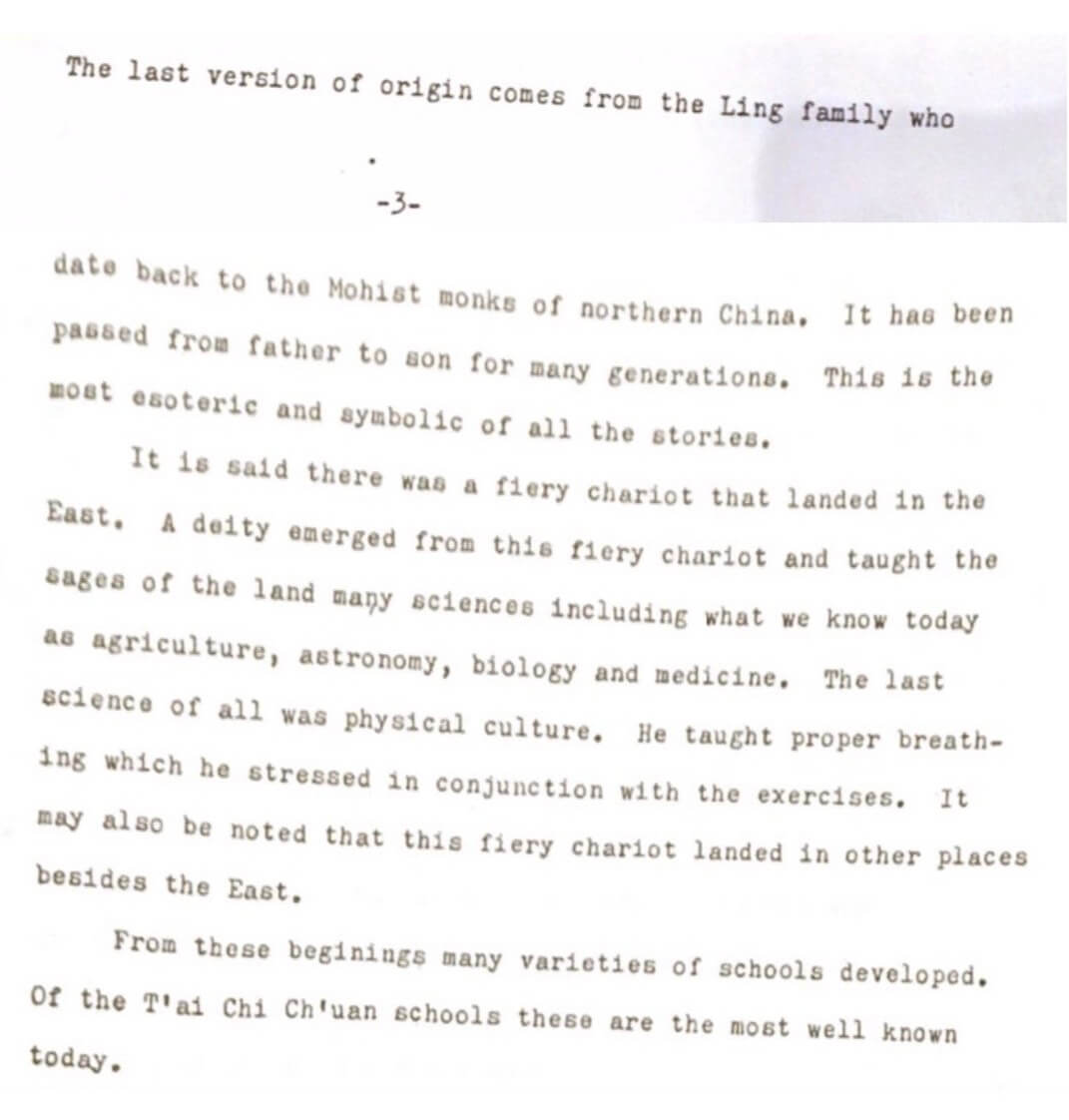
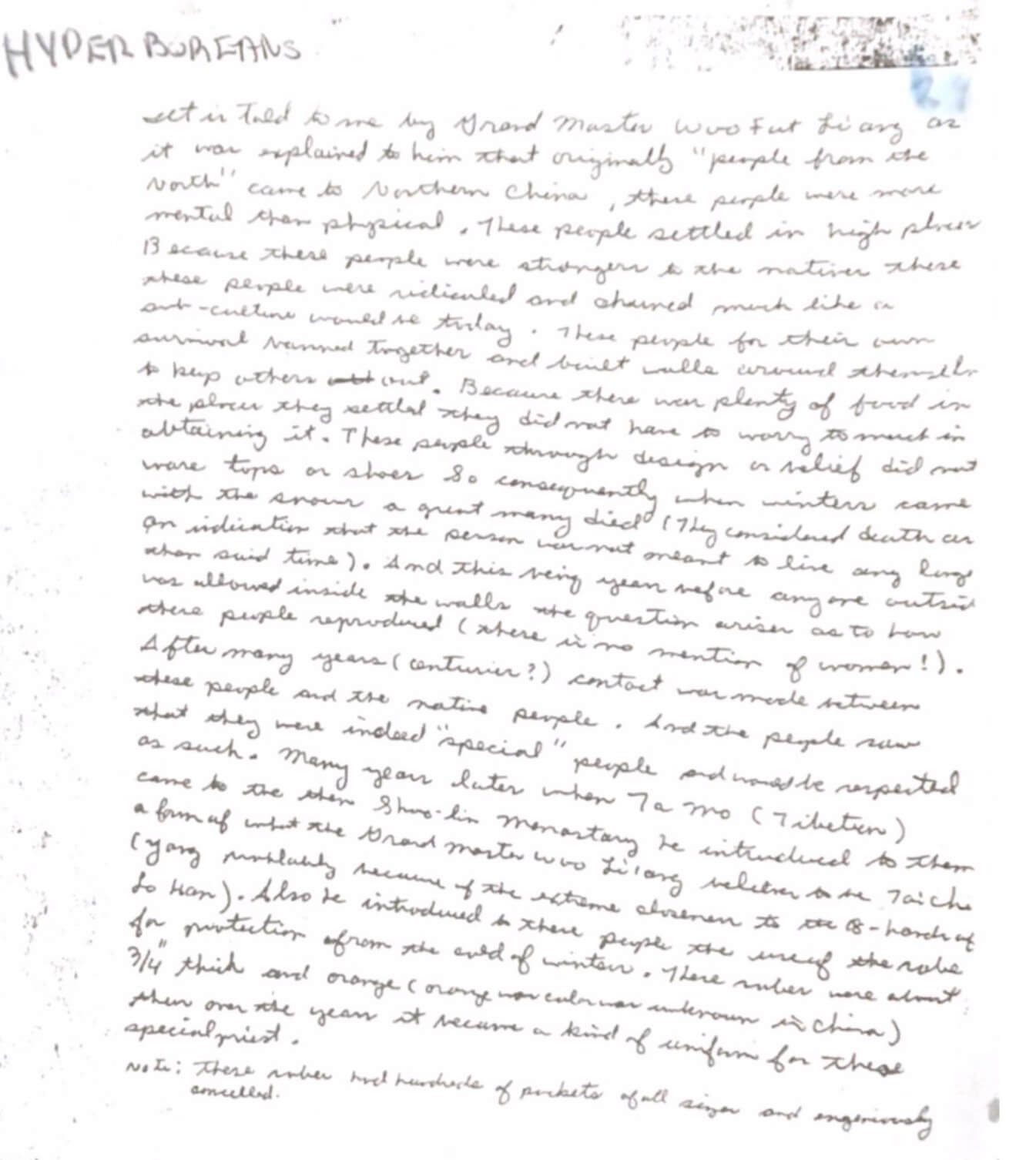
This origin story among others seems to fit the story of the Aserna’s bud, or the message of the gods. Not only this striking story, we also have a more detailed account of Ta Mo (Bodhidharma) and the beginnings of Shaolin passed down through the Ling Mo Northern Shaolin Kung Fu system written by grandmaster Fred Ling in very tight cursive (and edited for clarity):
“Grand Master Woo Fut Ling explained that originally “people form the North” came to northern China, and these people were more mental than physical, they settled in high places because these people were stronger than the natives. These people were ridiculed and shunned much like a sub-culture would be today. For their own survival hemmed together and built walls around themselves to keep others out. Because there was plenty of food in the places they settled they did not have to worry much to obtain it. The people through a design did not wear tops on their shoes so consequently when winter came many died. They considered death an indication that a person was not meant to live. They survived for years (perhaps centuries) and reproduced. When contact was finally made between them and the natives of northern China, they were recognized as “special” people and were respected as such. When Ta Mo came to the Shaolin monastery he introduced to them a form of what Grandmaster Wu Fut Ling relates to the Tai Chi Yang because of the extreme closeness to the 18 hands of Lo Han. Also he introduces to these people the use of the robe for protection from the cold of winter. These robes were about 3/4 inch thick and orange (orange was unknown in China at that time) then over the years it became a kind of uniform for these special priests. They had handmade pockets and were well made.”
This account also corroborates with the traditional account of Ta Mo teaching the Buddhist monks these exercises which were made to keep them fit. But never before were we told, that these people in orange robes were foreigners in China from the North! The fact that they had open footwear in the snow suggests they may have been barbarians and only wearing bear skins (as suggested in the Bock Saga).
Nevertheless according to the story hyperboreans one way or another became Shaolin priests. We can see how Ta Mo appears to be an arctic race person (He is referred as "The Blue-Eyed Barbarian" (Chinese: 碧眼胡; pinyin: Bìyǎnhú) in Chan texts.) [17], and we know these other people also came from the north into China. So we can see how a group northerners starting or at least being intimately involved in out what appears to be a the very beginnings of Shaolin arts. Which are characterized by animal play like we also know were fundamental aspect to the Rasti circus.
Wikipedia has the popular version of the story:
“Some Chinese myths and legends describe Bodhidharma as being disturbed by the poor physical shape of the Shaolin monks, after which he instructed them in techniques to maintain their physical condition as well as teaching meditation. He is said to have taught a series of external exercises called the Eighteen Arhat Hands and an internal practice called the Sinew Metamorphosis Classic. In addition, after his departure from the temple, two manuscripts by Bodhidharma were said to be discovered inside the temple: the Yijin Jing and the Xisui Jing. Copies and translations of the Yijin Jing survive to the modern day. The Xisui Jing has been lost.” [4]
The Yijin Jing were yoga / qigong like exercises you can still learn today. The 18 hands of Lohan are similar and more popular is a set of eight called “Eight brocades” easily available to find. The full set was taught as the “secret handshake” of the Shaolin. If we look at the sound “Yijin Jing” has three characters in Chinese 易筋经. The characters obscure their origins but you can look at the sounds themselves. Yi, is 1 (in Chinese) and also is the i (the axis or pole or phallus) in root language. The second character can also be written 進 because it has the same sound, which means “in”. 快進來!Means: “Please come in!” What you say when you invite someone into your home. Jing is written 经 or 經. But can also be written 精. Which means: Jing 精 "nutritive essence, essence; refined, perfected; extract; spirit, sperm, seed" [5]. So like in root the i (knowledge / information) also means inside - in seed.
So using the sounds you get a clear message that translates directly into saga. The phallus is going into the center and planting the seed of knowledge. Same goes with the Yi jing: 易經 [6]. Different characters but same sounds (perhaps slightly different accents for Chinese in order to distinguish). From the Yijing scripture came the bagua [7], the 8 trigrams and the 64 hexagrams of transformation of time. The seed definitely sprouted in China because using these 64 hexagrams you can actually construct the physical geometry of the vacuum of space itself, or the unified field theory of Nassim Haramien [8]. This is also constructed using the Kabbalah or tree of life [9], also originating in Asgard (Yggdrasil) [10. The Bagua are called the 8 八 (actually written like two horns of the bock inverted) 卦 which means figures (also has a radical suggesting a person). “Figures” suggest these weren’t simply the 8 directions / elements / abstract notions of nature known today but people or gods and goddesses (Бог ("bog"), also means god in Russian, Bhagwan in Hindi[11]; all the same root sound.)
The Bock Saga has 8 powers and 8 figures: Hell, Bock, i, Oden, Ra, Tor, Frey, Freja. They were powers of nature but the saga also talks about 8 figures: in root they were Gumme, Gumma, Balder, Svan, Ers, Mai, Frey, Freja. or in Van: Ukko, Akka, Lemminkäinen, Yotsen, Sepo, Maija, Sampo, Aino. And although it’s not explicitly stated, one might suspect these eight powers were also represented by the eight the figures the way it was done in China with the Chinese concept of Bagua. China was called: Kina (Key to the Na - the knowledge of the Aser), they had their center and a leader called the Peking, the king of the ring land (P means a circle in root) They had their own local breeding system and their own Root and Van (Mandarin and Cantonese). This was the model for all the races and the ring lands from paradise time.
One of the fundamental teachings of the Buddha was the concept of maya. In the Bock saga Maija was the queen of the world (Co-ruling with her consort Ra the king of the world), she held a ball in her hand as her sacred symbol of power, and Ma is the mother (Earth in Van is Mapallo). Buddha taught the world was all maya, which is translated as illusion / impermanence. What we can understand from this is Buddha was teaching that the material world was what we had to detach from in order to overcome suffering. So he taught the world was illusion in order to overcome our attachment to matter in order to overcome suffering and desire. Not that it’s intrinsically bad (more of the Christian / religious teaching of denying the feminine aspect) but that attachment / desire can cause suffering. Nonetheless Buddha was saying the material world is all an aspect of the feminine by calling it maya, and it all belonged to the Aser queen of the world: Maija. The world is all Maija.
Finally above it says on wikipedia the “Xisui Jing” was lost. But looking at the name we can decipher its message using the Bock Saga as well. It appears to also be a yoga, but it was apparently more a sexual practice than the Yijin Jing. It isn’t lost, you can even find it dispersed throughout Taoist practices today and at Shaolin Temple as well. But it was perhaps hidden for reasons of modesty (Chinese are a relatively conservative people). X in the saga means tor friend, and the heart center of the world - Hel. The "i" is the center, and a part of heart teaching in the Saga brought to us by Ior Bock. Our sexual center is our real heart. 心 (Xin) in `Chinese means heart / mind. Hjärta is heart and hjärna is brain in Root. Sui can also be spelled with a “z”to give the identical sound in Chinese and zui means mouth: 觜. So this is again the Ouroboros position. The recycling of the sexual power fundamental to hermetic practice, must have been taught by this Aserna’s bud in the Xisui Jing and now relics of it left in the Taoist cannon.
Thus we have written and oral records of a message being sent in the and on the other end being received. A successful Buddha, indeed a messenger of the gods.
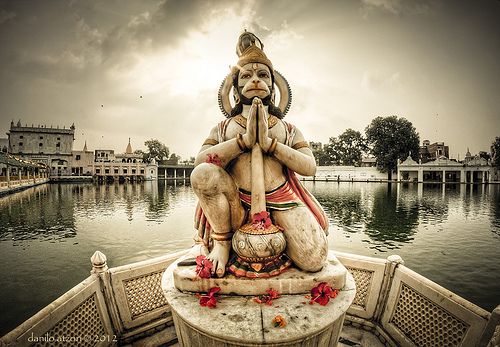
Works Cited:
[1] https://en.wikipedia.org/wiki/Hanuman
[2] https://en.wikipedia.org/wiki/Monkey_King
[3] https://en.wikipedia.org/wiki/Gautama_Buddha
[4] https://en.wikipedia.org/wiki/Bodhidharma
[5] https://en.wikipedia.org/wiki/Three_Treasures_%28traditional_Chinese_medicine%29
[6] https://en.wikipedia.org/wiki/I_Ching
[7] https://en.wikipedia.org/wiki/Bagua
[8] https://youtu.be/KVj4SYnOywo
[9] https://en.wikipedia.org/wiki/Kabbalah
[10] https://en.wikipedia.org/wiki/Yggdrasil
[11] https://en.wikipedia.org/wiki/Bhagavan
[12] https://www.youtube.com/watch?v=BqMVDZCqhWQ
[13] Bock Saga pg 119
[14] https://en.wikipedia.org/wiki/Kunlun_(mythology)
[15] https://en.wikipedia.org/wiki/Baphomet
[16] Bock Saga pg 80-81

